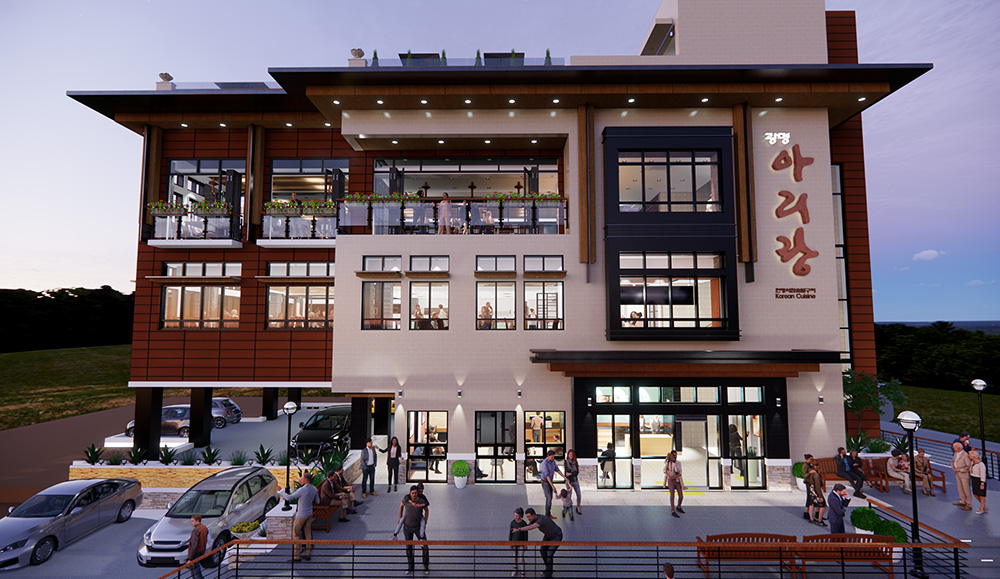2014. 11. 4. 21:11ㆍ00 친환경 디자인 (Sustainable Design)
What's the real problem with Net-Zero homes?
Image above: Zero Home is first Net-Zero certified home in Utah
In a recent post I asked Is a net-zero energy building really the right target? The premise was that Net Zero Energy design seems totally focused on single family houses in the suburbs or exurbs, those houses that have the roofs that can support the solar panels. It elicited a number of critical comments, including this one, slightly edited:
I read the article and couldn't help thinking that the author was digging very hard to find reasons to justify his hatred of single family homes... I know a lot of people who also insist that living in tiny condos is better. I think those people are the new puritans. Self-deprivation makes them feel righteous. It pains them to think that we can live happy and comfortable lives without damaging the environment. Then they gaze with longing and guilt at my back yard before shuffling back to their unnatural shoebox condo.
It is a trope that goes way back; I first quoted Bloomberg commentator Joe Mysak in 2008, who totally nailed it:
Lots of thinking people see the U.S. undergoing a vast demographic shift, with millions of people moving back to cities. The suburbs, and those places beyond the suburbs, the exurbs, will dry up and blow away. The notion appeals especially to people who like to think they'll be in charge after the revolution. They would apparently love nothing more than for the population to be confined to Soviet-style concrete-block high-rises and be forced to take state-run streetcars to their little jobs at the mill.

The fact of the matter is, 6 years later, that it's true. More and more people are choosing to rent, to live in multifamily housing instead of single family suburban housing, There are all kinds of reasons why the behind it, but single family housing starts are not even back to 1990 numbers.

Multifamily starts are almost back to where they were before the recession hit. Because that is where the demand is, from young people who want to be near work, or can't afford the house, or just prefer urban life. Or like me, they just want to live in walkable places with lots of people and kids and places to go.

Furthermore, I do not hate single family homes. I lived in the same single family house for 28 years, the middle one in the picture, until I duplexed it and downsized into the ground floor and basement. It has a garage and two cars, neither electric (I also have three bikes). If I dislike anything, it's little shoebox condos. I complain constantly about what a problem the little glass shoebox condos are going to be, that there is a Goldilocks density;
... dense enough to support vibrant main streets with retail and services for local needs, but not too high that people can't take the stairs in a pinch. Dense enough to support bike and transit infrastructure, but not so dense to need subways and huge underground parking garages. Dense enough to build a sense of community, but not so dense as to have everyone slip into anonymity.

There are a few houses in my neighborhood that have the right orientation and the clear view south or west that could be retrofitted with solar panels, but it's not a big proportion of them, and that house, like mine, has uninsulated walls and hundred year old windows behind those aluminum storms, and is going to have a pretty hard time going net zero. There are millions of millions of existing houses that have to be upgraded. Lots of them are surrounded by trees, houses or lousy orientation. For them, the best thing is weatherization: caulk, insulation, and more caulk.

The Net-Zero proponents prefer this- the suburban house on a big lot with no trees, like the NIST house that the government built to show " that energy efficiency does not need to be at odds with a typical suburban neighborhood", but that is at odds with everything we should actually be doing- efficient, affordable and not so big homes on narrow lots or in multifamily buildings in walkable communities.
I don't hate single family houses; I wish everyone could have one. But they simply don't work anymore. We can't afford the infrastructure, the transportation costs, the water, the thousands of yellow schoolbuses, the carbon dioxide, the habitat loss, the exclusivity. Given the fall in demand for them, they are not our biggest problem. Given the externalities that are attached to them, net-zero isn't the solution.
But when I look at almost all of the net zero projects I have seen, that is what they are.
'00 친환경 디자인 (Sustainable Design) ' 카테고리의 다른 글
| 친환경 유치원_ vo trong nghia spirals farming kindergarten in vietnam (0) | 2014.11.13 |
|---|---|
| 카페 디자인 엿보기: 나무마감 그대로 노출을 살리고 나무본질에 충실한 디자인... (0) | 2014.11.12 |
| 캐빈스타일 주택 엿보기.... (0) | 2014.11.01 |
| 친환경건축 디자인의 선두학교이자 모교인 University of Oregon John E. Jaqua Academic Center for Student Athletes (0) | 2014.10.27 |
| 재활용 자재를 이용한 리모델일 주택 (0) | 2014.10.21 |

